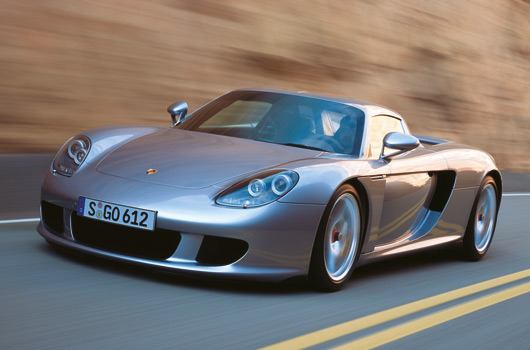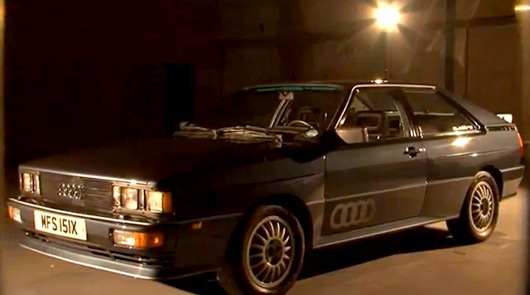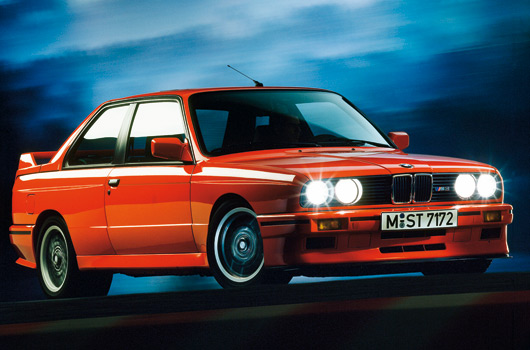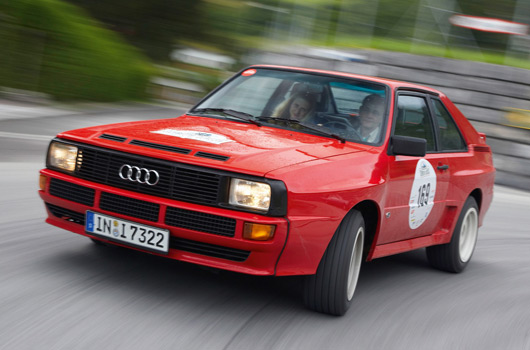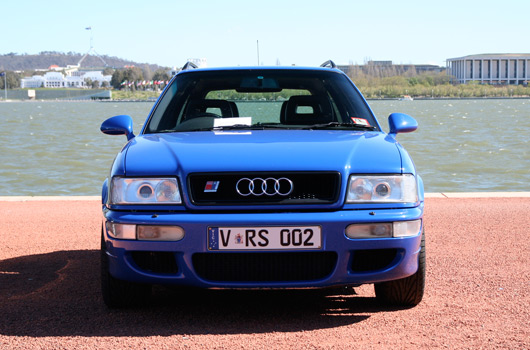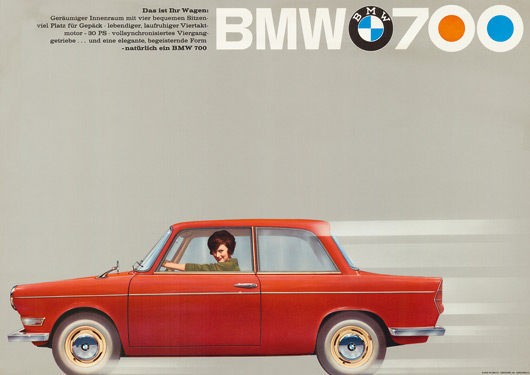
A couple of weeks ago I came across the rather quaint advertisement above for the BMW 700. What started as an idea to post up a simple ad with a paragraph or two has taken me on a journey of discovery for the BMW 700. I have found some great historic photo and video material, along with an extensive press release from BMW, celebrating the car’s 50th anniversary.
Despite the 1960s advertising claims, the BMW 700 is the lowest profile car featured in AUSmotive’s Past master series, but it is perhaps one of the most important, at least as far as BMW is concerned anyway.
First, some more about this little car that could. The 700 was built from 1959–1965 with over 190,000 units sold by the end of production. The two door Coupé was derived from the unsuccessful 600 model. It was the first production BMW to utilise a monocoque chassis construction. The 700, as it’s name suggests, was powered by a 700cc engine (697cc to be precise), but that’s where the normal convention ends. By today’s standards the small car took the unconventional format of fitting the engine in the rear of the car and, more unconventionally, the engine was a boxer-style two cylinder unit.
The 700 Saloon and Coupé made their debut at the 1959 Frankfurt Motor Show and at launch the engine produced 30 horsepower. The Coupé version was capable of powering the car to 100km/h in 30 seconds, before reaching a top speed of 125km/h. That sounds almost amusing by current performance expectations, but in 1959 it was setting new benchmarks. Here’s what one motoring journo said at the time, “You have the feeling that you’re sitting in a car with genuine sporting values, but without the rather harsh ride and limited space so typical of most sports cars.”
The 700 was an immediate success for BMW and it helped steer the company away from financial trouble, starting a new era of prosperity. In 1960, waiting lists for the car had blown out to several months, but BMW still sold 35,000 examples. This accounted for 58% of the annual revenue.
BMW used the 700 to provide sporting success, too, by making a roadster style 700RS model. It is a stunning looking car. With a tubular space frame and an aluminium body the RS model had 70 horsepower. Again, not big numbers, but with the car itself weighing just 600kg and top speeds approaching 200km/h it’s no surprise to read the car achieved notable results, including the 1961 German Circuit Championship for Walter Schnieder. Hans Stuck, father of Hans-Joachim Stuck, also won the 1960 German Hillclimb Championship in a 700 RS.
In 1962 BMW extended the wheel base by 32cm to make the 700 LS. Indeed, my first experience of the BMW 700 was at the 2008 German Autofest in Canberra where a 700 LS Luxus won best in show, you can see some pics of this car at the end of this article.
A series of fantastic period advertisements for the car can be seen after the jump, along with a number of images, all accessible in wallpaper-friendly sizing by clicking on the pics you like. More on the BMW 700 can be found at BMW700.net (not accessible with Firefox, use Explorer on PC or Safari on Mac OS). Enjoy!
